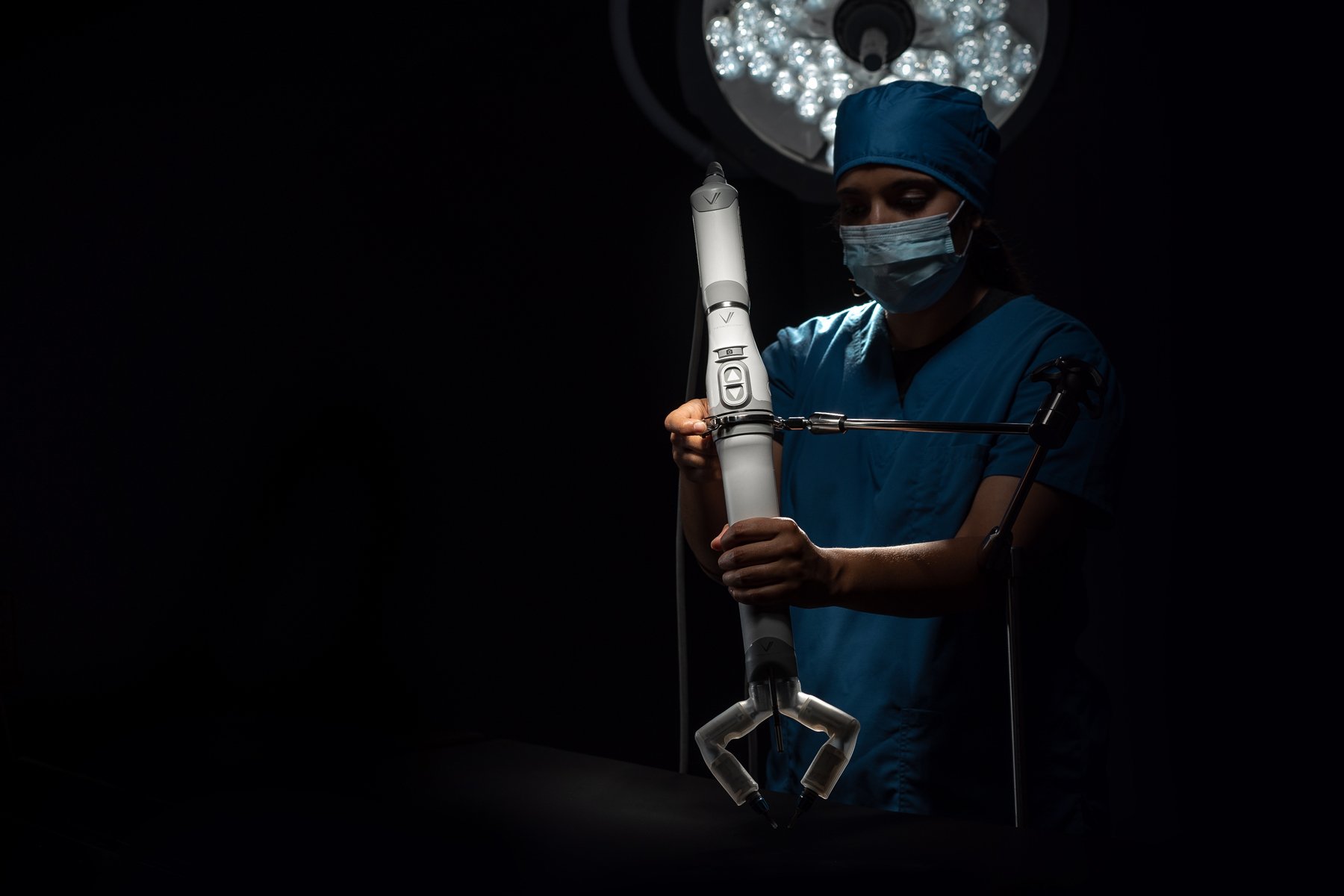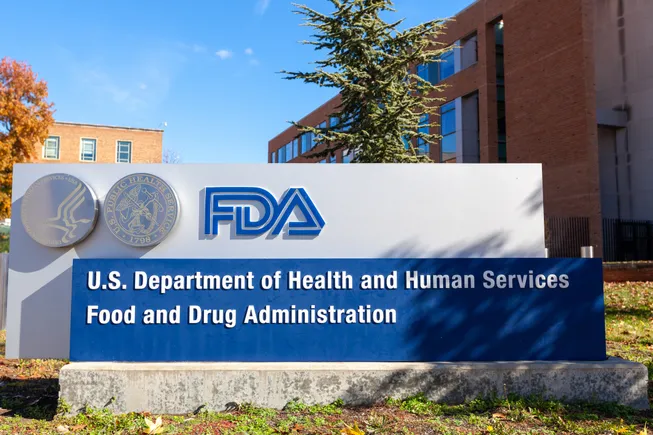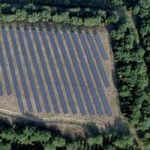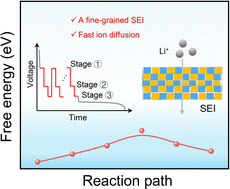Multifunctional Sr2+/Zn2+ Co‐Doped Mesoporous Silica Nanoparticles in Injectable Hydrogel for Ameliorating Osteoporotic Osseointegration
Advanced Healthcare Materials, EarlyView.

This study highlights the superior biological multifunctionality of Sr2+/Zn2+ co-doped MSNs (SrZn-MSNs) to manipulate the coupling of immunoregulation-osteogenesis-angiogenesis, mainly by up-regulating PI3K-AKT pathway. By combining with gelatin methacrylate, SrZn-MSNs efficiently facilitates osteoporotic osseointegration without drug loading, which throws new insights into the bioactivity of SrZn-MSNs and hence may provide a new practical strategy for bone tissue engineering.
Abstract
Developing advanced biomaterials with controllable nanostructures and biological multifunctionality is highly promising in biomedical fields. In this study, novel Sr2+/Zn2+ co-doped mesoporous silica nanoparticles (MSNs) are fabricated using a designated substitution and etching method. The obtained SrZn-MSNs possess unique hollow mesoporous structures, round spherical morphology, high specific surface areas, and suitable pore sizes. On this basis, gelatin methacrylate is combined with SrZn-MSNs to construct injectable photo-crosslinked hydrogels characterized by desired 3D interconnected porous structure, rough micro-surface topography, sustained Sr/Zn ions releasing, improved biomineralization and mechanical properties. These satisfactory properties allow SrZn-MSNs to fully exert their bioactivity in composite hydrogels, efficiently ameliorating osteoporotic osseointegration around Ti alloys without drug loading. Direct cell culture on composite hydrogels further confirms the superior biological multifunctionality of SrZn-MSNs to positively manipulate the coupling of immunoregulation-osteogenesis-angiogenesis, depending on the synergetic actions of bioactive Sr2+/Zn2+. Furthermore, the underlying molecular mechanism responsible for enhanced osteogenesis of SrZn-MSNs is clarified to be the upregulated PI3K-AKT pathway, mainly mediated by activated integrin (Itgβ8, Itgα4) and toll-like receptor (Tlr2) signaling. These findings throw new insights into the fabrication of novel SrZn-MSNs and highlight its superior biological multifunctionality and osteogenic mechanism, thus may providing a new practical strategy for bone healing.













































































































































